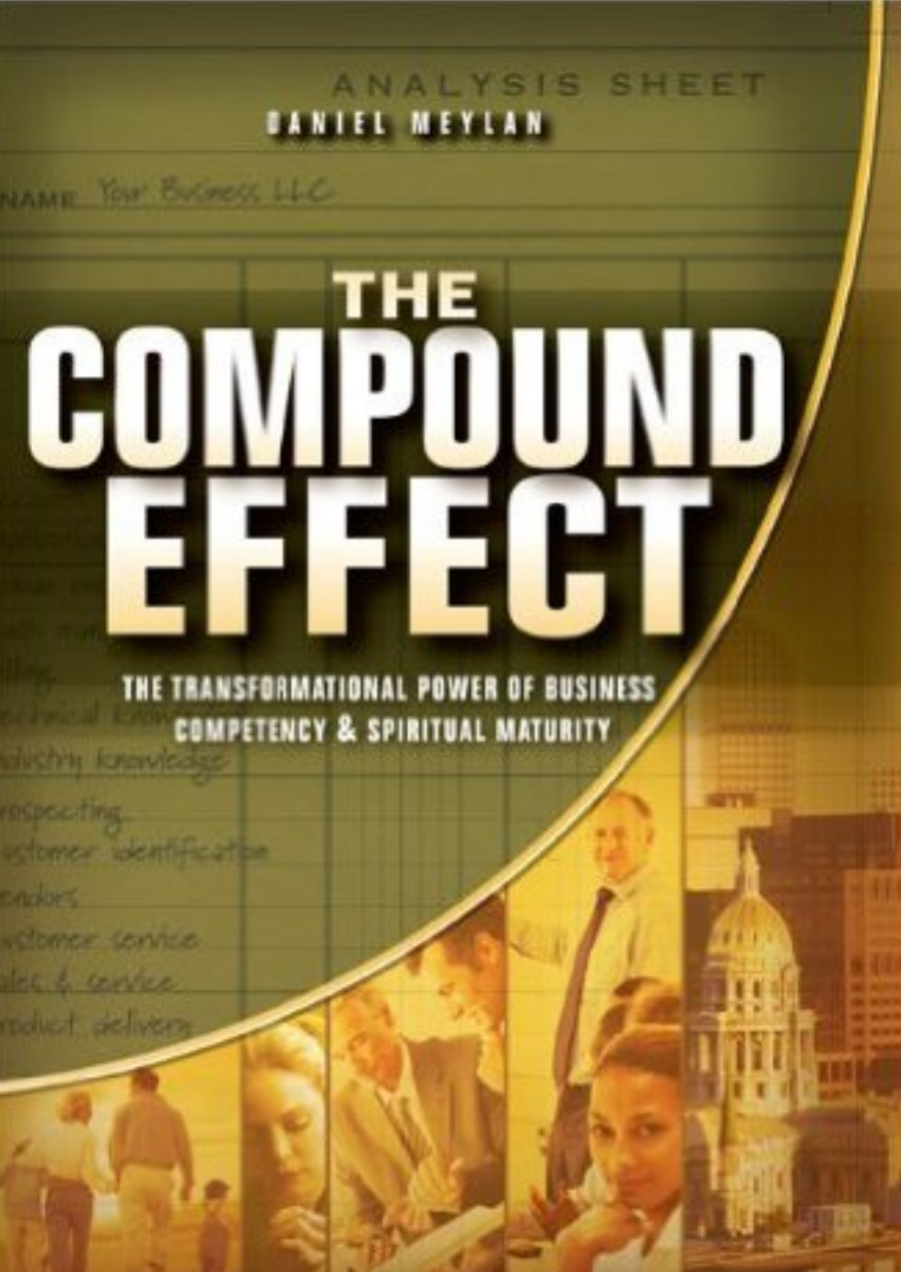Human Resources
Human resources are a vital cornerstone of every business. Human capital can be more valuable than financial capital. It is the human capital that implements and executes the value propositions of the business. How well are you managing your human capital? Do you have appropriate job descriptions for everyone in your company? As the owner of the company do you have a job description for yourself? Most small business owners do not. Do you have a formal recruiting hiring and training process by which you find the best possible talent and skill for the key positions within your organization? Many of our Weavers clients have hired friends and family because it was convenient only to discover those particular people did not have the necessary competence or skill to adequately deliver what was required of the job requirements of their position. The root cause of many business failures is key employees who are not totally competent in the areas of assigned responsibility. Terminating the employment of a family member may be preferable to closing the business or filing bankruptcy.
In today’s highly competitive global economy compensation systems and processes are critical to the financial stability of a company. Viable compensation plans must be tied to productivity and profitability. Compensation plans should include specific performance metrics that allow management to evaluate each person’s performance and compensate them accordingly. Highly productive individuals should receive economic rewards. Unproductive individuals should be penalized or in the worst cases terminated. Businesses cannot afford to retain unproductive individuals.
Employee benefits, including health insurance, life insurance, retirement plans, vacation and statutory benefits are highly complex and costly elements of operating a business. The process of offering, installing and maximizing the value of employee benefits packages requires considerable time and effort. Any business that expects to recruit and retain quality, talented and skilled personnel will need to offer a viable, competitive employee benefits package.
Motivating and managing employees within a business is a complex and demanding responsibility. Many small to medium-sized business owners have never received any formal training in how to effectively manage their employees. As a result the productivity and performance of the employees is marginal and profitability and shareholder value is impaired. In order for a business to thrive and prosper there needs to be an active, intentional employee management process. One of the key components of that process is a well written employee manual documenting the policies and procedures of the company and providing guidelines by which employees behavior and performance will be evaluated. Besides the obvious practical reasons for having an employee manual there are also considerable legal implications that need to be addressed in the manual regarding the relationship between employer and employees. We highly recommend that every business has an employee manual regardless of the number of employees.
Due to the current economic downturn many companies cannot afford full-time employees, they therefore turn to subcontractors, independent contractors, and 1099 employees. It should be noted there are very specific IRS regulations regarding what differentiates an independent contractor from an employee. The penalties for violating those regulations can be significant and costly. Never-the-less there are many cases where using subcontractors or independent contractors is absolutely appropriate. Those independent contractors and subcontractors should be treated much the same as employees as they are representing the interests of the company to customers and the public. Each independent contractor should have a written contract that includes a job description, the tasks they are expected to perform, the behaviors they are required to exhibit, the scope of their authority and responsibility and process by which they will be compensated.
Employees work environment is also critical. The business owner is completely responsible for seeing that the work place environment is safe and free from any unnecessary hazards to the employee. If more hazardous positions there are the more specific and distinct federal red regulations and guidelines may apply. These regulations are published and enforced by OSHA and other federal, state and local regulatory bodies. The fines and penalties from these regulatory agencies for employers who fail to comply with the safety requirements can be considerable.

